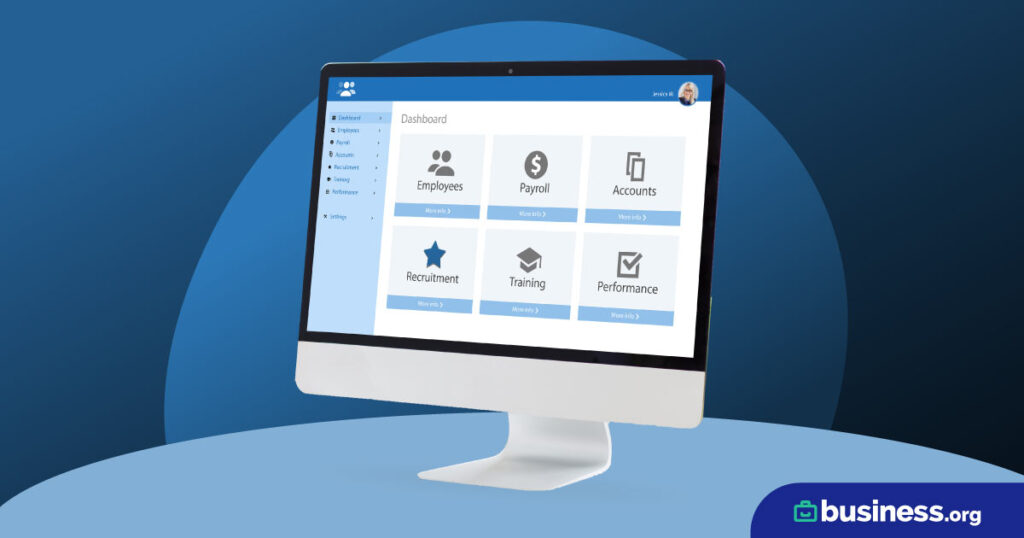We are committed to sharing unbiased reviews. Some of the links on our site are from our partners who compensate us. Read our editorial guidelines and advertising disclosure.
The 5 Best Alternatives to Selling on Etsy in 2023
Etsy has a strong hold on the handmade, vintage, and custom gifts market—but it's far from the only online marketplace, and it might not be the right one for you. If Etsy isn't your golden ticket to selling online, though, what is?
To help you answer that question, Business.org asked over 100 business owners what their favorite Etsy alternatives are. They gave us five fantastic options (plus some honorable mentions) that we wholeheartedly endorse. Check out their recommendations below to find the best Etsy alternative for your online business.
Etsy pros and cons
Etsy's main strengths
Before we dive into the best Etsy alternatives, let's cover why you might want to choose Etsy instead of a popular alternative.
For starters, Etsy is one of the most popular online sales platforms. As a result, sellers using Etsy have a huge global reach. In 2021, Etsy saw more than 96 million active buyers.1
Plus, Etsy's reach has only continued to grow year over year: Perhaps as a result of COVID-19 pandemic lockdowns, sales grew over 125% year over year (YoY) during the second quarter of 2020.2 In fact, Etsy counted over $13.491 billion in sales for 2021, increasing its record haul from 2020 ($10.28 billion) by 31.2% and over 171.2% since 2019!3
Etsy's main weaknesses
Although billions of dollars in sales mean more revenue for the over 7.52 million sellers on Etsy, the platform’s fees and payments can be a deterrent for long-term growth.4 Looking at the list of Etsy’s fees in the United States, it’s easy to see why.
Seven Etsy fees in particular impact every seller on the marketplace:
- Listing fee: $0.20 for each listed item
- Auto-renew fee: $0.20 per listing every 4 months
- Transaction fee: 6.5% of the listing price
- Offsite advertising fee: 12%–15% per order
- Etsy payments fee: 3% + $0.25
- Shipping transaction fee: 6.5% of the listed shipping costs
- Transaction fee: 6.5% of the total item costs
Etsy's fees aren't necessarily higher than average, but sellers have quite a few of them to keep track of and budget for.
But here's the main issue with Etsy's fees: sellers are charged a recurring relisting fee every four months. That's relatively short period—which requires you to pay a relisting fee for every item on your site three times a year—can be a massive deterrent for a lot of sellers.
By signing up I agree to the Terms of Use and Privacy Policy.
The 5 top alternatives to selling on Etsy
1. Shopify
Data as of 2/1/23. Offers and availability may vary by location and are subject to change.
*When billed annually
Over 23% of our survey's respondents recommend Shopify as the best Etsy alternative. We agree wholeheartedly—after all, we named Shopify the best platform for ecommerce. In comparison to Etsy, Shopify actually has the largest ecommerce market share in the US at 32% and over 2.7 million online Shopify stores.5



2. Amazon
Data as of 2/1/23. Offers and availability may vary by location and are subject to change.
Amazon is far from the cheapest player in the online marketplace game. Its transaction fees (which the site refers to as "referral fees") vary by the type of product you sell and can be as high as 45%. Still, Amazon's ease of use, brand recognition, and wide user base can drastically expand your ability to reach customers.

3. bigcartel
Data as of 2/1/23. Offers and availability may vary by location and are subject to change.
If you're comparing bigcartel to Etsy, one clear benefit stands out more than most: bigcartel doesn't have any listing fees. It doesn't have any transaction fees either. The only fees you pay are those charged by Stripe or PayPal. bigcartel itself doesn't take a cut.

4. Squarespace
Data as of 2/1/23. Offers and availability may vary by location and are subject to change.
If you'd rather sell products using your own domain name, Squarespace is easily one of our favorite options. It's not just an affordable ecommerce website builder—it's also one of the easiest ecommerce sites to build. Its templates actually look good, and they've both straightforward and easily to modify.
Plus, Squarespace's built-in analytic tools help you keep track of user engagement so you can make your site even better over time.

5. Storenvy
Storenvy gives you two options for selling online: you can either use it to create your own website, or you can sell products on Storenvy's online marketplace. Both options are super affordable. In fact, if you sell just 20 items a month, Storenvy's plans are completely free. Finally, just like bigcartel, Storenvy doesn't have any listing fees, which makes it a great alternative for business owners who don't want to pay Etsy's frequent relisting fees.

The takeaway
With the ecommerce market growing rapidly, you want to position your goods and services at the top of everyone’s list. And if Etsy is not the place for you, we hope that these other recommendations can help! Business owners around the world have built stores on Shopify and used Amazon Handmade to reach new customers. Now it’s up to you . . . and we at Business.org are here to help every step of the way.
Still wondering if there are other options? Check out our list of top free ecommerce platforms for more choices.
Related reading
Sources
- Statista, “Number of active Etsy buyers from 2012 to 2020” Feb. 2022. Accessed February 1, 2023.
- Digital Commerce 360, “Sales spike 146% on Etsy’s marketplaces in Q2,” Aug. 7, 2020. Accessed February 1, 2023.
- Statista, “Annual gross merchandise sales (GMS) of Etsy Inc. from 2005 to 2020” Feb. 20222. Accessed February 1, 2023.
- Statista, “Number of active Etsy sellers from 2012 to 2020,” Feb. 2022. Accessed February 1, 2023.
- Oberlo, “Ecommerce platform market share in the USA,” Apr. 2022. Accessed February 1, 2023.
- eMarketer, “Worldwide ecommerce will approach $5 trillion this year,” Jan. 14, 2021. Accessed February 1, 2023.
- Oberlo, “Ecommerce sales by country in 2021,” May 5, 2021. Accessed February 1, 2023.
- U.S. Department of Commerce, “Quarterly retail e-commerce sales, 1st quarter 2022,” May 19, 2022. Accessed February 1, 2023.
Disclaimer
At Business.org, our research is meant to offer general product and service recommendations. We don't guarantee that our suggestions will work best for each individual or business, so consider your unique needs when choosing products and services.










